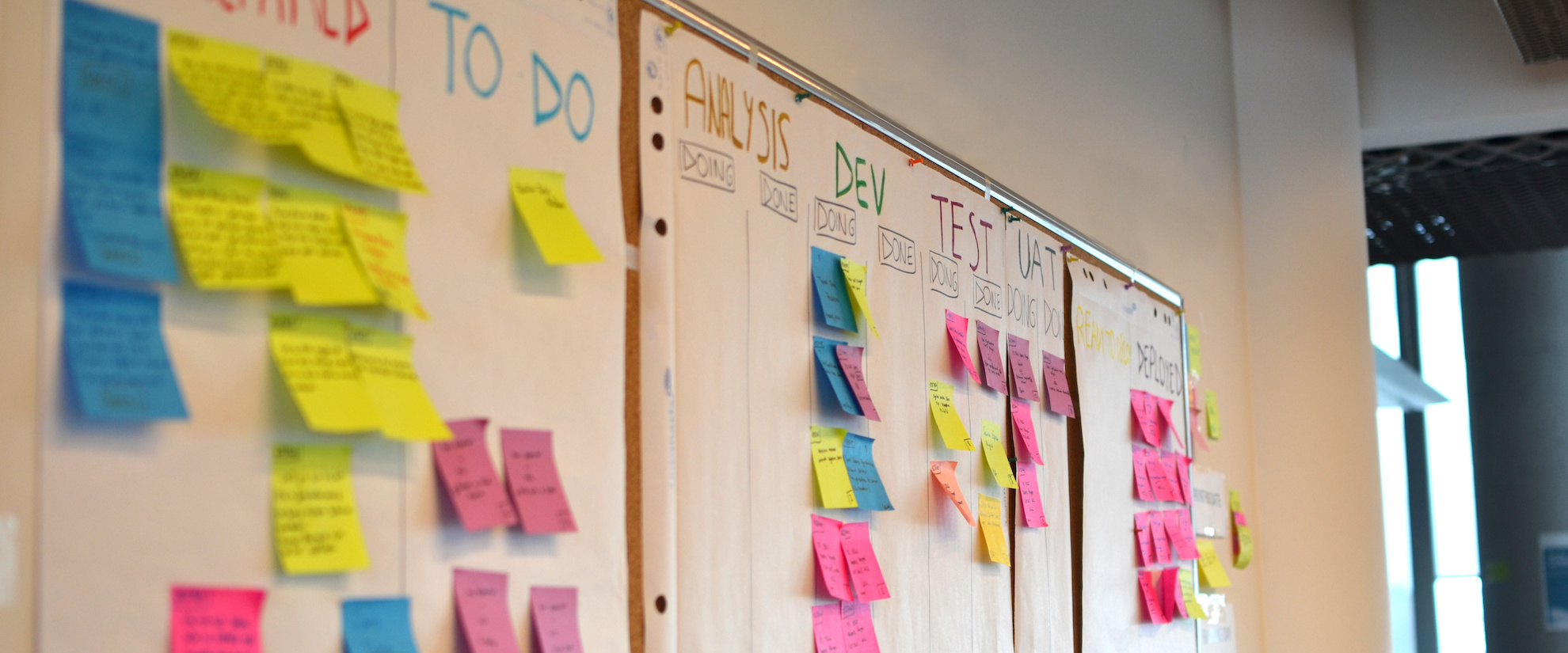Why Invest in Kaizen (Continuous Improvement)?
20 Feb, 2024 | By leslie@leanexpansion.ca

As a kaizen consultant collaborating with businesses in North America and Asia, I’ve worked with many top forty companies over the last 20 years. As the market gets more saturated and competitive, some clients ask honestly why Kaizen. What are the returns?
Kaizen helps organizations understand their current workflows and grasp opportunities for improvement. It isn’t one size fits all. Implementing improvement strategies and techniques is a custom process that requires observation, analysis, planning, and action around your team’s specific processes and goals. Benefits include increased efficiency and productivity, better communication, better employee engagement and relationships, greater alignment, reduced costs and cycle times, and less waste.
It’s important to note that change in any company is a social endeavour—Kaizen focuses on people and the tools and processes they use. Creating feedback opportunities—part of what we call the W process–means that employees learn to watch out for opportunities for improvement.
When employees are included in the cycle of continuous improvement, they are more engaged and invested in the company’s well-being. Relationships are better—not just within teams but throughout the whole organization. Overall, Kaizen’s ability to make continuous improvement easy, faster, and better is what has distinguished it as a tool for transformation used by leading global organizations. By embracing the kaizen way, organizations can unlock the full potential of continuous improvement. Consider how Kaizen can make your operations easier, faster, and better:
Easier
When it comes to introducing change, Kaizen makes it easy. Unlike the resistance often met with large-scale transformations, Kaizen operates on the principle of small, incremental changes. These changes are readily accepted by teams at all levels, fostering a culture where everyone is encouraged to contribute. In contrast to the upheaval caused by significant overhauls, the subtlety of Kaizen allows for smoother transitions, ensuring that the organization moves forward with minimal disruption.
Faster
Kaizen’s emphasis on daily, incremental improvements makes the process faster and more dynamic. While grand transformations might feel like monumental leaps, they often result in resistance and setbacks. Kaizen encourages teams to make progress every day, creating a consistent rhythm of improvement. This consistent momentum, even with occasional setbacks, propels the organization forward faster than sporadic, large-scale changes. It’s the philosophy of ‘two steps forward, one step back,’ leading to a cumulative effect of continuous advancement.
Better
The beauty of small changes lies in their adaptability. In a world where uncertainties are the norm, minor adjustments are more accessible to correct and refine when things don’t go as planned. Kaizen’s approach to continuous improvement ensures that organizations are agile and can respond swiftly to changes in customer behaviour or unexpected shifts in the market. This adaptability results in higher-quality outcomes and reduced risk to the business.
Conclusion
Today, Kaizen is being used globally to achieve operational excellence. The idea is to wring out waste, empower employees, optimize resources, and create processes that improve the company’s bottom line. Start small—and don’t try to do too much at once. Focus on one or two incremental changes at a time. The goal is better, not perfect. There will always be room for improvement, so don’t delay results by pursuing perfection.
As a kaizen consultant, I can talk about how this system can transform your organization. Book a call with Kaizen Consultant Leslie Barker at 416.528.7990 or leslie@leanexpansion.ca



